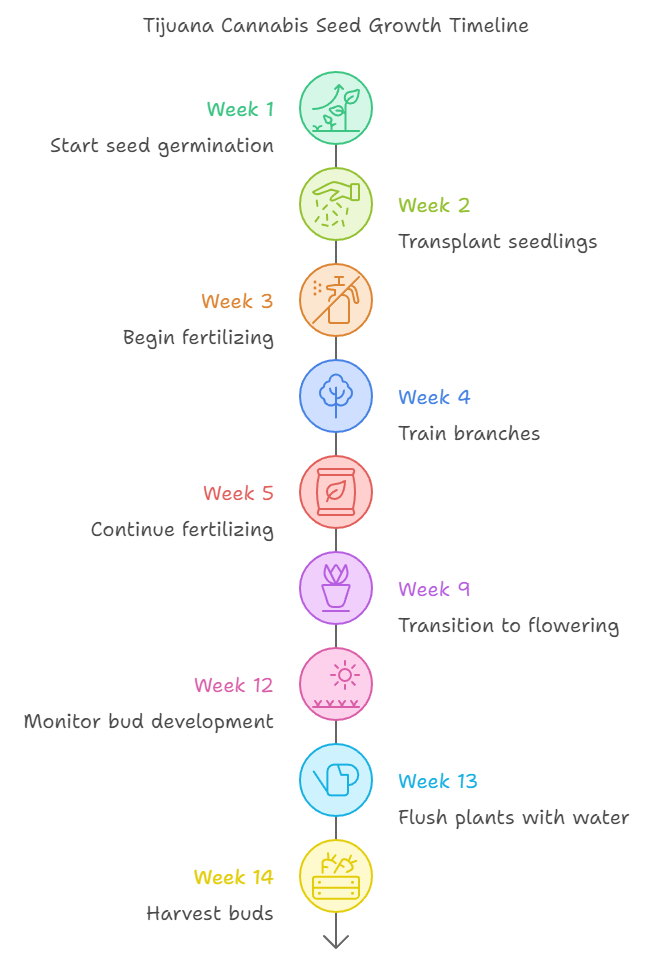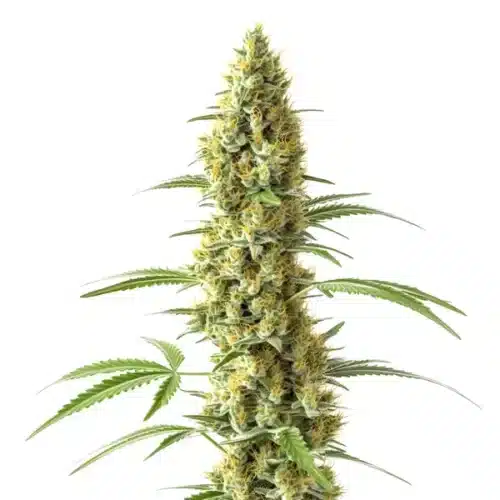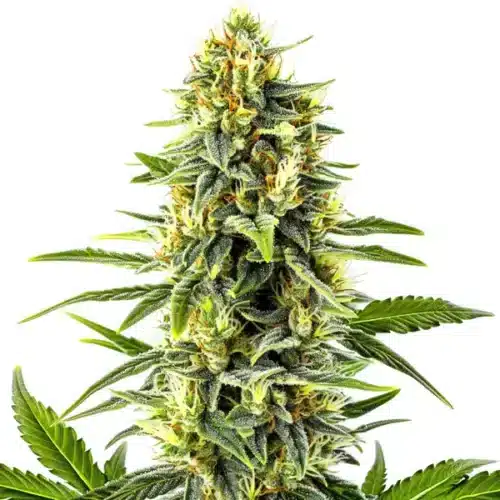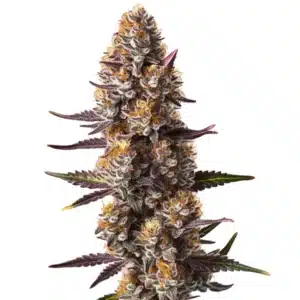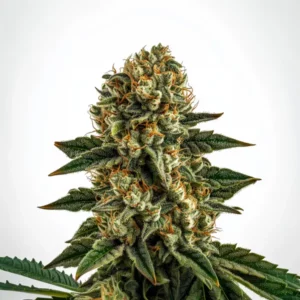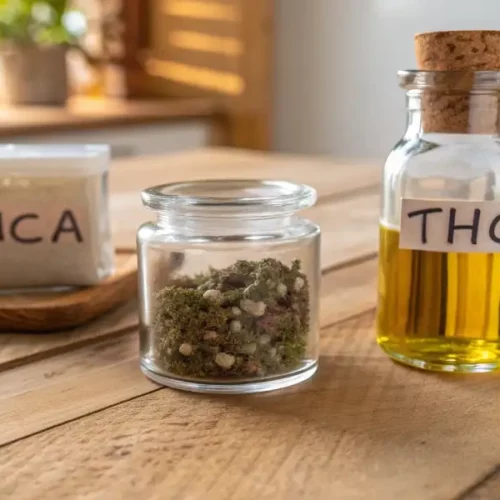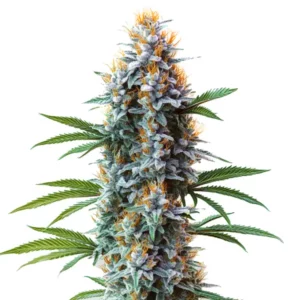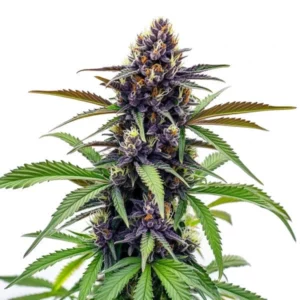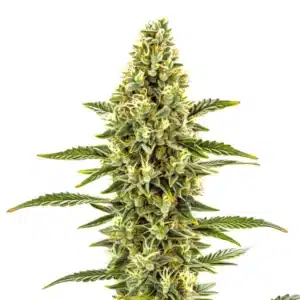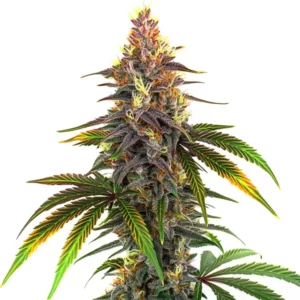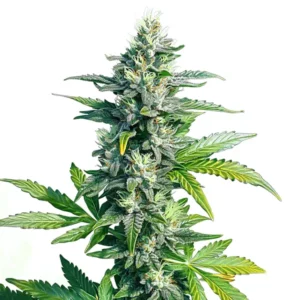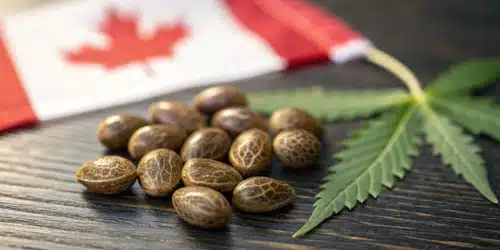From Blimburn Seeds, we bring you the best tips and tricks. Also, we are committed to all growers in the world to maximize their outdoor growing production. In other words, we will make you an expert grower and lover of our seeds.
Why Grow Tijuana?
From the crossing of two super sativas such as: Kali Mist x Original Haze, this mostly sativa genetics is born.
Recommended Strains
Second, it is a strain that has a flowering time of 75 to 80 days, during which it produces a large number of flowers, producing up to 600 gr/plant in outdoor crops.
Third, it is a vigorously growing plant that develops large lateral arms, as well as a large central stem. Tijuana, can reach up to 3 m in height, if it is cultivated in a good substrate and with the necessary nutrients.
However, we didn’t forget the most important thing. It has an indoor flowering period of 11 to 12 weeks, but we recommend 12 weeks for optimal maturation. Also, outdoors you can harvest your crop in late October.
Choosing Tijuana for your cannabis garden brings more than just a name. This sativa-dominant strain is known for its energizing effects and robust growth. With Tijuana, you’re cultivating a plant that produces a powerful high, perfect for those seeking a clear-headed, uplifting experience. Its intense aroma and distinct flavor make it stand out among other strains. For many, growing Tijuana becomes a rewarding experience as it yields generous amounts of dense, resinous buds.
Outdoor growers love Tijuana because of its resilience. This strain can withstand changes in weather, making it a strong contender for the unpredictable climate of Canada. Growing Tijuana outdoors allows it to reach its full potential, producing tall plants with extended branches. If you’re ready to expand your cultivation skills, this strain offers the ideal challenge with a high payoff. Plus, its natural resistance to pests and diseases makes it easier to manage, allowing both beginners and experienced growers to enjoy a successful harvest.
Promos & Deals
Can You Grow Tijuana Outdoors in Canada?
Absolutely! Growing Tijuana outdoors in Canada is not only possible, but it can also be highly rewarding. Canada’s varied climate means you need to adapt your growing methods to suit your location. The cooler temperatures can actually benefit the Tijuana strain, especially if you’re prepared to provide the right care at each stage of its growth. Let’s break down what you need to consider when cultivating this strain in Canada’s diverse environments.
Geographic Considerations for Outdoor Growing
Canada’s geography plays a significant role in how you approach growing Tijuana outdoors. If you live in the southern regions, you’ll experience milder temperatures, allowing for a longer growing season. This environment is ideal for Tijuana, giving it ample time to develop tall, robust plants with thick, resinous buds. In these areas, you can start planting as soon as the last frost passes in spring.
In northern regions, the shorter summer and cooler weather require a bit more planning. Choose a location that receives plenty of direct sunlight and has some protection from harsh winds. You might need to start your seeds indoors earlier in the season and transplant them outdoors once the conditions are favorable. Northern growers should also be prepared to harvest before the first frost in fall to ensure the buds mature properly.
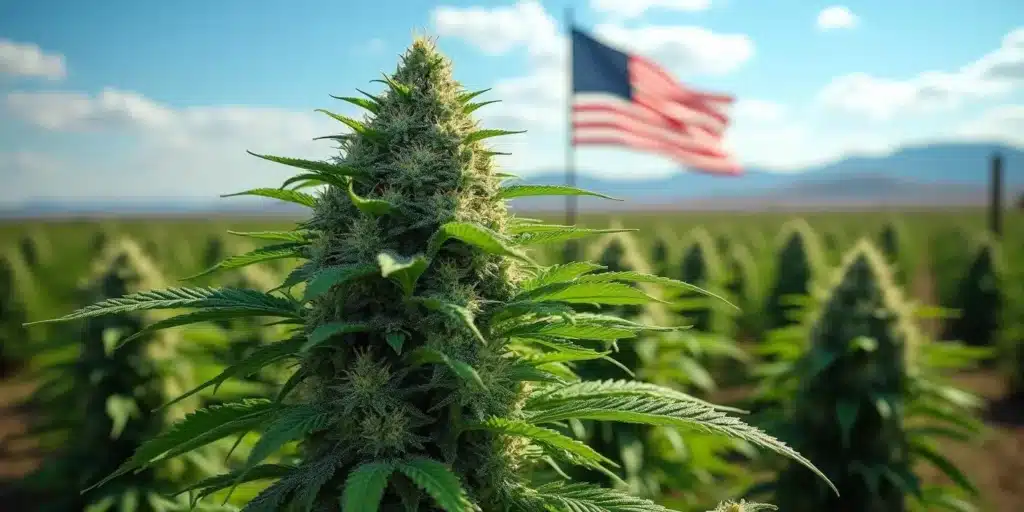
Outdoor Growing: Tailoring Techniques for Canadian Climates
Southern Canada:
In southern parts of Canada, Tijuana thrives due to the longer, warmer summers. When growing outdoors, select a spot that gets at least six hours of sunlight daily. This strain can handle heat well, so don’t worry about hot summer days. The key is to ensure the plants have adequate airflow. Tijuana grows tall and bushy, so maintaining an open structure will help reduce the risk of mold and mildew, especially in humid regions.
Watering needs vary based on weather conditions. In periods of intense heat, keep the soil consistently moist, but avoid overwatering. Mulching around the base of the plant helps retain moisture while also keeping the roots cool. With southern Canada’s favorable conditions, Tijuana can reach impressive heights, producing a rewarding yield when cared for properly.
Northern Canada:
The cooler climate of northern Canada requires a bit more preparation. Start by germinating your seeds indoors to give them a head start. When transplanting outdoors, choose a sunny, sheltered spot to protect the plants from strong winds and unexpected cold snaps. Consider using fabric pots or raised beds to help the soil warm up faster in the spring. This setup is ideal for Tijuana in regions where the ground stays cooler for longer.
Be ready to support your plants as they grow, especially if you experience windy conditions. Stakes or trellises will keep the branches from breaking under the weight of developing buds. In northern climates, pruning is essential to focus the plant’s energy on producing quality buds, rather than excessive foliage. This tailored approach ensures a successful harvest, even in more challenging environments.
Why Grow Tijuana Cannabis?
Tijuana cannabis stands out for its unique blend of potency, flavor, and energy-boosting effects. This sativa-dominant strain offers a high THC content and a spicy, citrusy aroma that many growers and consumers find irresistible. But what makes it particularly appealing to cultivate? Growing Tijuana cannabis seeds in Canada allows you to produce a strain that delivers both a bountiful yield and a distinct, uplifting high.
Tijuana’s resilient nature makes it a top choice for both beginners and experienced growers looking to expand their outdoor cultivation skills. It’s known for adapting to various climates, which is key when dealing with Canada’s unpredictable weather. The robust growth pattern of Tijuana cannabis plants results in tall, bushy plants that can produce a substantial harvest if cared for properly. When you grow this strain in Canada, you’re not just cultivating a plant; you’re ensuring a supply of top-quality, homegrown buds that embody the best of what sativa strains offer.
Is Growing Outdoors in Canada Possible?
Absolutely! Growing Tijuana cannabis seeds in Canada is not only possible but can be highly rewarding with the right strategies. Canada’s climate varies significantly from coast to coast, so understanding your specific region’s conditions is essential for a successful grow. Tijuana is a strain that thrives in sunny, warm environments, making outdoor cultivation in Canada an achievable goal, provided you plan around the seasonal shifts.
When you grow outdoors in Canada, you take advantage of natural sunlight and fresh air, which helps the plant develop its full cannabinoid and terpene profile. However, the key is timing your grow to avoid the harshest weather conditions and selecting the optimal location for your plants. Let’s break down the geographic considerations and tips for growing Tijuana cannabis seeds in different parts of Canada.
Geographic Considerations for Canadian Growers
Canada’s vast landscape offers a variety of growing conditions. In the southern regions, such as British Columbia and Ontario, you’ll find warmer climates with longer growing seasons. These areas provide an ideal environment for growing Tijuana cannabis seeds in Canada, as the plants can benefit from the extended sunlight and relatively mild temperatures.
In contrast, northern regions, including parts of Alberta and Quebec, experience shorter summers and cooler temperatures. In these areas, it’s key to select a planting location that receives maximum sunlight and is sheltered from harsh winds. Using greenhouses or cold frames can help extend the growing season, allowing you to cultivate Tijuana cannabis successfully despite the colder climate. Wherever you are in Canada, the goal is to maximize sunlight exposure and provide adequate protection for your plants.

Outdoor Growing: North vs. South Canada
Southern Canada: Longer Growing Season
The southern parts of Canada, like British Columbia, Ontario, and Quebec, offer a longer growing season, which benefits Tijuana cannabis plants. In these regions, you can start your grow as early as May, giving the plants ample time to develop strong stems and foliage before the flowering stage. Choose a sunny location that receives at least six hours of direct sunlight daily. Consider using large containers or raised beds to improve drainage for preventing root rot.
Monitor the weather patterns closely as the season progresses. In southern Canada, summer storms can bring heavy rainfall, which can overwater your plants. Employing mulch around the base of your plants helps retain soil moisture during dry periods while providing protection against sudden temperature drops at night.
Northern Canada: Shorter, Harsher Growing Season
Growing Tijuana cannabis seeds in the northern regions of Canada requires a bit more planning. Due to the shorter growing season, starting your seeds indoors in late winter is advisable. This gives your plants a head start and prepares them for the outdoor conditions. Transplant them outside once the last frost has passed, typically in early June.
Choose a location with plenty of sunlight and use dark-colored containers to absorb heat and keep the roots warm. In northern Canada, it’s essential to select hardy strains like Tijuana that can withstand sudden temperature changes. Consider using protective structures, such as greenhouses or cold frames, to shield your plants from unexpected cold snaps.
Soil Preparation for Growing Tijuana Cannabis Seeds in Canada
Soil quality plays a critical role in the success of your cannabis grow. Tijuana cannabis prefers well-draining, nutrient-rich soil to support its rapid growth and abundant yield. In Canada, soil types can vary greatly depending on the region. If you’re growing Tijuana cannabis seeds in Canada’s southern areas, like British Columbia and Ontario, you’ll often encounter loamy soils that naturally provide good drainage and nutrient content.
For optimal results, create a soil mix by blending organic compost with perlite or vermiculite to improve aeration. This mix ensures that the roots receive ample oxygen, promoting strong, healthy plants. Adding aged manure or worm castings provides essential nutrients, especially during the vegetative stage when the plants require more nitrogen.
If your local soil is clay-heavy or compacted, amending it with organic matter such as peat moss or coco coir helps to break up the density and enhances drainage. Testing the soil’s pH is essential, as Tijuana cannabis thrives in slightly acidic soil, ideally between 6.0 and 7.0. Adjust the pH by adding lime (to raise pH) or sulfur (to lower pH) as needed to create the perfect environment for your plants to flourish.
Photoperiod: Timing Your Outdoor Grow
Growing Tijuana cannabis seeds in Canada means you’ll need to work with the natural photoperiod, as this strain is photoperiod-sensitive. In Canada, the outdoor growing season typically runs from May to October, with longer daylight hours during the summer months. The change in daylight hours triggers the plant to switch from vegetative growth to the flowering stage.
Start your seeds indoors in early spring (March-April) to give them a head start. By the time the risk of frost has passed (usually in May), the plants will be ready for transplanting outdoors. Tijuana cannabis has a relatively long flowering period, which means you need to plan around Canada’s fall weather. Most of Canada’s regions experience shorter days starting in September, signaling the plants to begin flowering. Aim to harvest before the first frost, typically in late September or early October, to ensure your buds mature fully without being damaged by cold weather.
If you’re growing in northern Canada, where the growing season is shorter, consider using light deprivation techniques to induce flowering earlier. Covering the plants with a light-proof tarp for 12 hours a day mimics the shorter daylight hours, encouraging the plant to transition into the flowering stage on your schedule. This practice ensures that you’ll have time to harvest before the colder weather sets in.
Nutrients for Growing Tijuana Cannabis Seeds in Canada
Tijuana cannabis is a nutrient-hungry strain, especially when grown outdoors. During the vegetative stage, focus on providing a nutrient mix high in nitrogen to promote strong, vigorous growth. Organic options like fish emulsion, blood meal, or compost tea work wonders in boosting the plant’s development. These natural sources of nitrogen help maintain a healthy, deep-green color in the leaves, indicating robust photosynthesis.
As the plants transition into the flowering stage, reduce the nitrogen levels and introduce more phosphorus and potassium. These nutrients are vital for bud development, supporting larger, denser flowers packed with cannabinoids and terpenes. Bat guano, bone meal, and liquid kelp are excellent organic sources to boost phosphorus and potassium levels. Always monitor your plants for signs of nutrient deficiencies, such as yellowing leaves or purple stems, which indicate adjustments are needed to your feeding schedule.
In Canadian climates, especially in areas with more rain, nutrients can leach out of the soil quickly. To counteract this, consider using slow-release organic fertilizers or supplementing with regular compost teas. Mulching around the base of the plants helps retain soil moisture and prevent nutrient loss due to runoff, creating a more stable environment for growing Tijuana cannabis seeds in Canada.
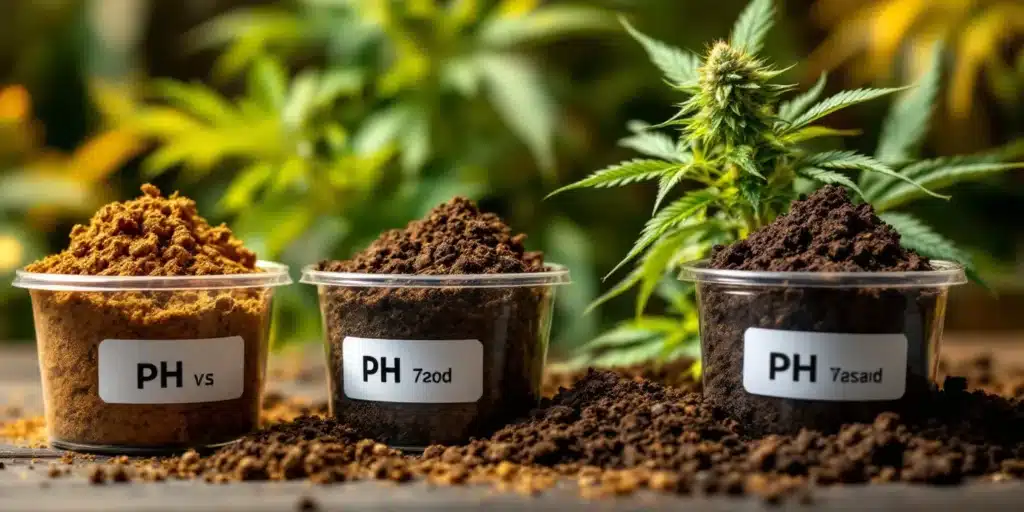
Week-by-Week Care Overview for Tijuana Cannabis
Weeks 1-2: Germination and Seedling Stage
Start germinating your seeds indoors in early spring, using a light, well-draining soil mix. Place the seedlings in a warm, sunny spot, keeping the soil moist but not waterlogged. This careful attention during the early stages sets the foundation for strong, resilient plants when growing Tijuana cannabis seeds in Canada.
Weeks 3-4: Early Vegetative Stage
By the time the seedlings develop their first set of true leaves, transplant them into their permanent outdoor location. Choose a sunny spot with at least six hours of direct sunlight daily. Begin feeding with a nitrogen-rich fertilizer to support leaf and stem growth. Water deeply but allow the soil to dry slightly between watering to encourage root expansion.
Weeks 5-8: Full Vegetative Growth
Your plants will now focus on developing a robust structure. This is the time to train the branches using techniques like low-stress training (LST) to promote bushy growth and expose more bud sites to sunlight. Continue feeding with a balanced nutrient mix high in nitrogen, and monitor the soil’s pH to ensure optimal nutrient absorption.
Weeks 9-12: Flowering Stage
As the daylight hours decrease in late summer, your plants will naturally transition into the flowering stage. Switch to a bloom-focused nutrient mix, reducing nitrogen and increasing phosphorus and potassium. Pay close attention to the buds’ development, as moisture and lack of airflow can lead to mold. Keep watering consistent but avoid overwatering, especially during this phase when the buds are densifying.
Weeks 13-14: Pre-Harvest
As the flowering stage progresses, begin flushing the plants with plain water to remove any excess nutrients. This step improves the final flavor and smoothness of the buds. Check the trichomes regularly; when they turn milky white with some amber hues, it’s almost time to harvest.
Harvesting Tijuana Cannabis in Canada
Knowing when to harvest is vital to getting the best quality and potency from your Tijuana cannabis plants. The ideal time to harvest is when the trichomes (tiny resin glands on the buds) turn milky white with some amber. This indicates that the THC has reached its peak potency. In Canada, this window typically falls between late September and early October, depending on your region and the year’s weather patterns.
To prepare for harvest, start flushing your plants with plain water about two weeks before the expected harvest date. Flushing removes excess nutrients from the soil, resulting in smoother, cleaner-tasting buds. When it’s time to harvest, choose a dry day, preferably in the morning after the dew has evaporated, to avoid excess moisture in the buds. Using sterilized scissors, cut the branches and hang them upside down in a dark, well-ventilated area to dry. Proper drying usually takes about 7-14 days. After drying, trim the buds and move them into airtight containers for curing, opening the jars daily to release moisture for the first few weeks.
Careful harvesting and curing preserve the strain’s rich aroma and high THC content, bringing out the best characteristics of growing Tijuana cannabis seeds in Canada. The extra effort put into these final stages will reward you with top-quality, flavorful buds that make all the hard work worth it.
Health and Maintenance for Tijuana Cannabis Plants
Outdoor cannabis plants face various threats, including pests, diseases, and harsh weather. Regular inspections are key to maintaining plant health when growing Tijuana cannabis seeds in Canada. Check both the top and underside of the leaves for signs of pests like spider mites, aphids, and caterpillars. If you detect an infestation, use natural remedies such as neem oil or insecticidal soap to keep the plants pest-free without introducing harmful chemicals.
Mold and mildew are also common concerns, especially in Canada’s wetter regions. Ensure adequate airflow around the plants by pruning excess foliage and spacing them appropriately. If you live in an area prone to heavy rain or high humidity, consider using a simple canopy or greenhouse to protect the plants during the flowering stage. Proper air circulation reduces the risk of mold, particularly when the buds are dense and sticky.
In addition to pest and disease management, maintaining soil health is important. Use mulch to regulate soil moisture levels and prevent the growth of unwanted weeds. Regularly check the soil’s pH and nutrient content, adjusting as needed to provide the plants with everything they need to thrive. Healthy soil contributes significantly to the overall success of growing Tijuana cannabis seeds in Canada.
